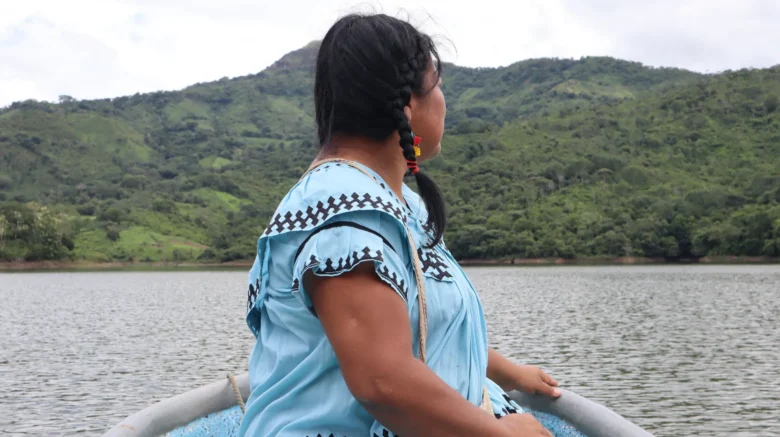We are acutely aware that we the risk losing our traditions, culture, and livelihoods if our territorial rights are compromised. If we were forced to leave our lands, it would fundamentally alter our way of life and disrupt the social and cultural fabric of our communities. It would feel as though our culture and identity as Indigenous peoples were being systematically erased.
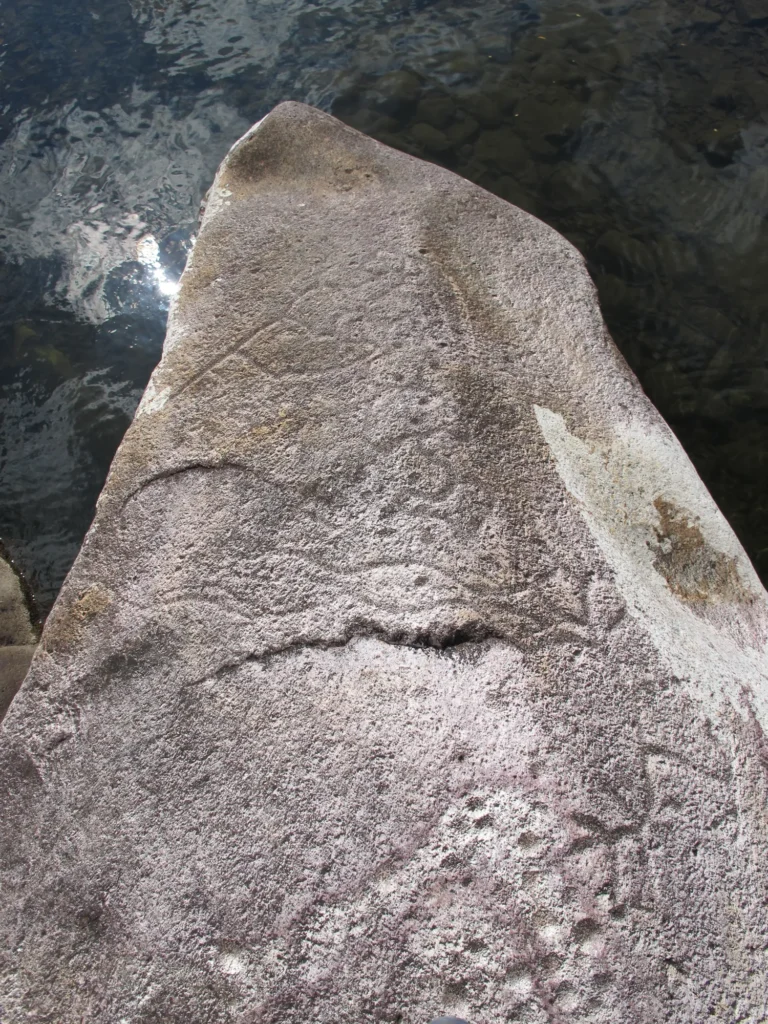
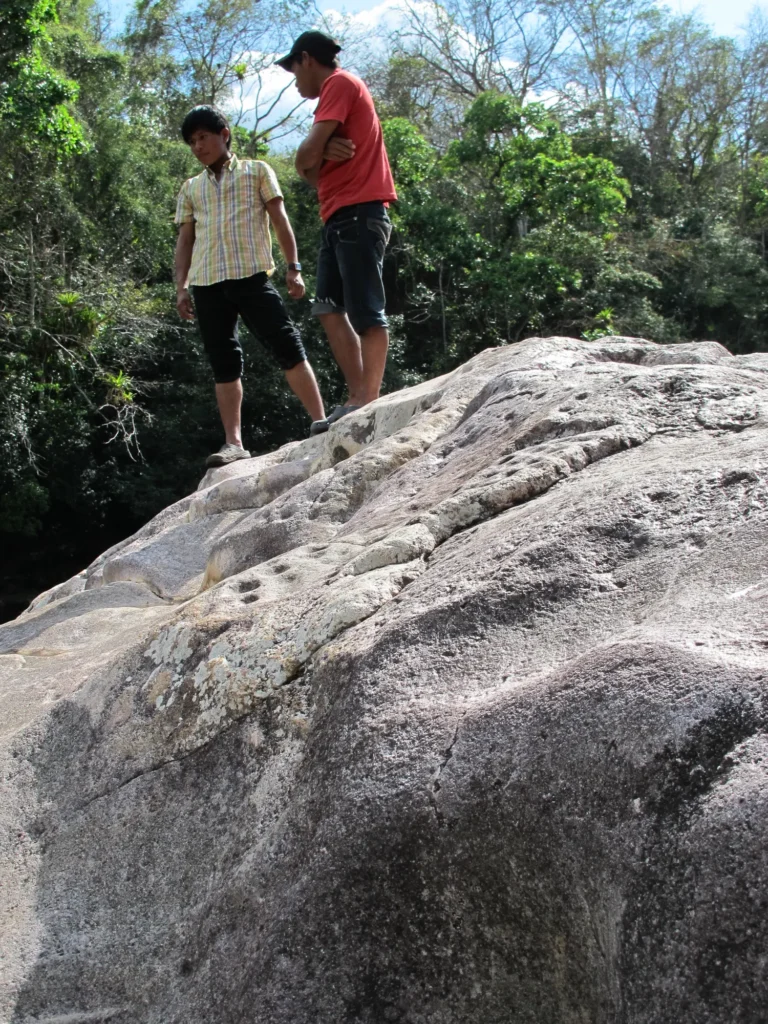
A History of Resistance
Our ancestors inhabited a vast cultural area that spanned the forested lowlands of western Panama and eastern Costa Rica. In 1502, Christopher Columbus anchored in the Bocas del Toro archipelago but was soon repelled by a contingent of Ngäbe warriors. Eight years later, in 1510, Vasco Núñez de Balboa founded a permanent Spanish settlement in eastern Panama, going on to violently subjugate the region and establish Spain’s first territorial claim on mainland America. In 1519, Chief Urracá—one of our most celebrated Indigenous leaders—united the tribes of the isthmus in an 11-year guerrilla campaign against the Spanish Empire. While he and many others were never subdued, many Ngäbe communities fled the lowlands and sought refuge in the mountains of Panama’s interior.
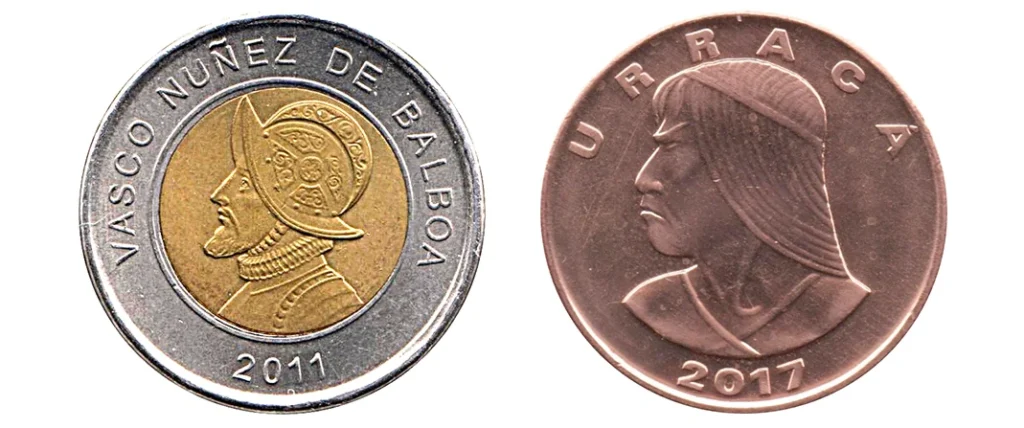
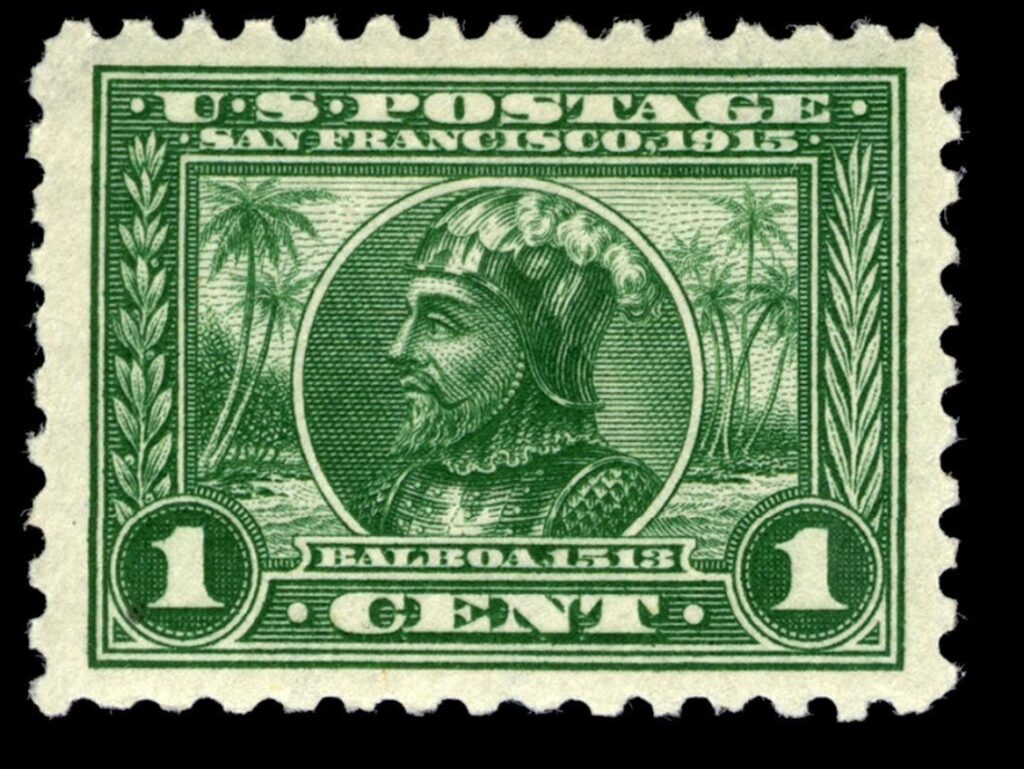
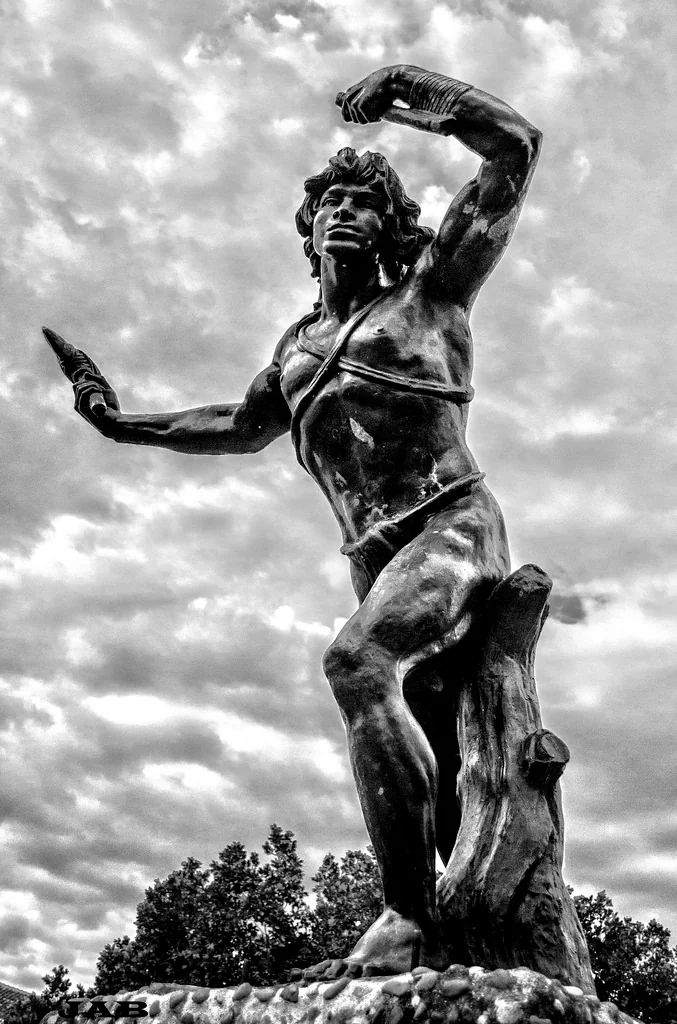
Ngäbe-Buglé Comarca
The rugged mountains that once served as a stronghold for Urracá and his troops are today part of the Ngäbe-Buglé Comarca, the largest semi-autonomous Indigenous province in Panama. The campaign to establish the Comarca arose in response to various territorial threats including the expansion of United Fruit banana plantations, the construction of the Inter-American Highway, and land grabs by encroaching ranchers and settlers. The right to the Ngäbe-Buglé Comarca was achieved after a long struggle culminating in a historic march to the capital.
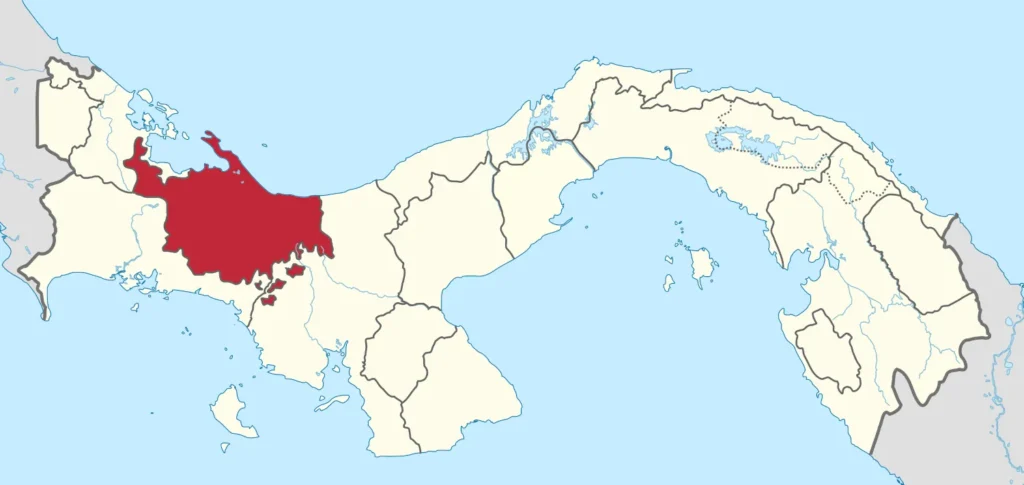
Established in 1997, the Comarca is home to approximately 212,084 people (according to the 2023 census) and it encompasses 6,968 km² of Ngäbe and Buglé territory that was previously incorporated into the provinces of Bocas del Toro, Chiriquí, and Veraguas. With its capital at Llano Tugri, the Comarca consists of nine districts, four of which are located in the Caribbean watershed. As one of five legally demarcated Indigenous enclaves in Panama, the Comarca enjoys a degree of autonomy, including its own political structures, powers, and decision-making processes, as well as certain legal protections. However, its rights do not extend to the subsoil, leading to conflicts with Panama’s national government, which has sought to exploit the Comarca’s extensive copper deposits.
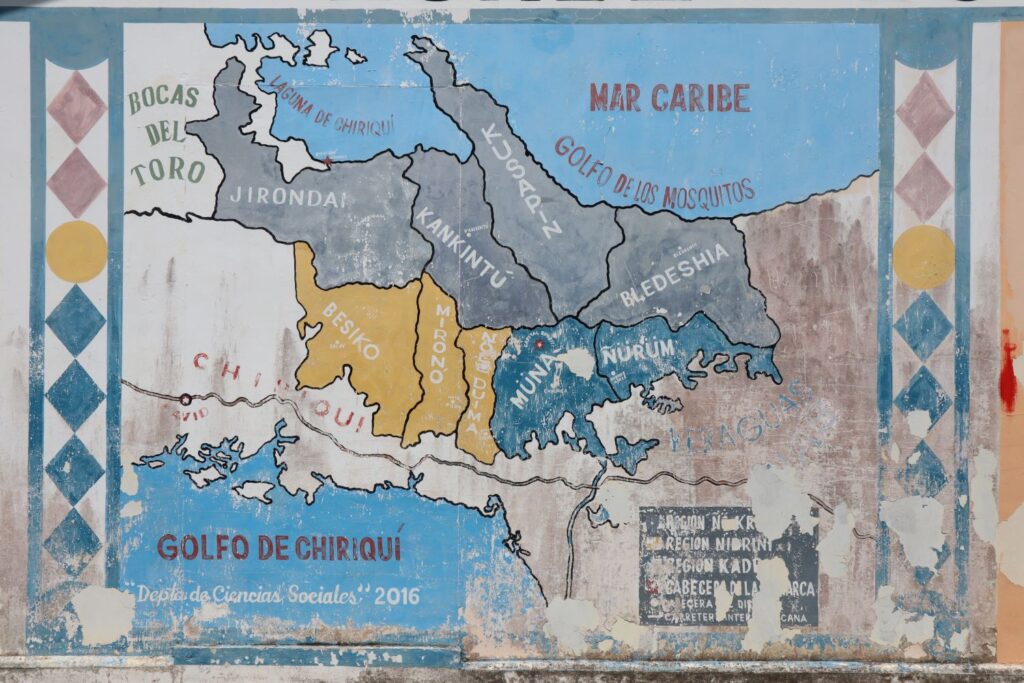
Outside the Comarca
Tens of thousands of Ngäbe live in communities, cities, and homesteads outside the Comarca, primarily in the provinces of Bocas del Toro, Chiriquí, and Veraguas, as well as in neighboring Costa Rica. We are often excluded from high-level political decisions that affect our lives and typically lack the resources to pursue legal action in disputes related to land and property rights. In some areas, proficiency in Spanish may be limited, leaving our communities vulnerable to exploitation.
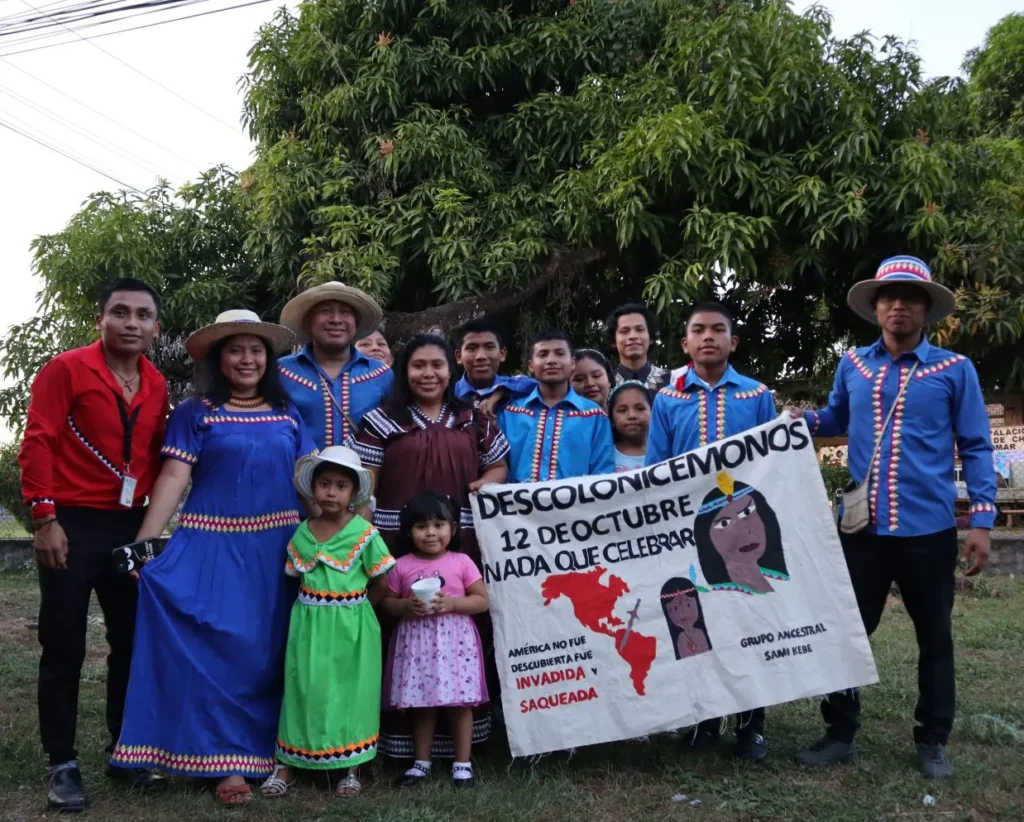
Above: Our allies the Sami Kebe ancestral group mark Columbus day on 12 October with a rallying call to decolonize: “Nothing to celebrate. America was not discovered. It was invaded and plundered.”
